The Indian Music Experience (IME) was established with the vision of preserving the diverse musical heritage of India, developing a better understanding and appreciation of Indian music and documenting the history of music in India for future generations. It is India's first interactive music museum, and is a one-of-a-kind institution in South Asia. An initiative of the Indian Music Trust, supported by the Brigade Group, the IME is a vibrant cultural hub that provides an enriching experience to its visitors.
The museum comprises three main sections—an interactive exhibit area, an immersive sound garden and a learning centre. The exhibit area has nine thematic galleries spread across two floors. It features various traditions and concepts of Indian music, an instruments gallery with more than a hundred pieces of equipment and a wing dedicated to the stalwarts of Indian music across various genres. The sound garden has 10 musical installations that introduces visitors to the principles of sound and allows them to produce their own music. Apart from this, the museum also hosts a variety of music-related events and workshops in its seminar hall, performance theatre, rooftop amphitheatre and mini-auditorium.
Designed by the Bengaluru-based firm Architecture Paradigm, the building follows the curvilinear shape of the trees on site, and its flowing facade symbolises the continuum of Indian music. The exhibits were designed by the world-renowned Gallagher & Associates, who previously conceptualised the Grammy Museum in LA and the Woodstock Museum in New York.
12.8917699, 77.5837163

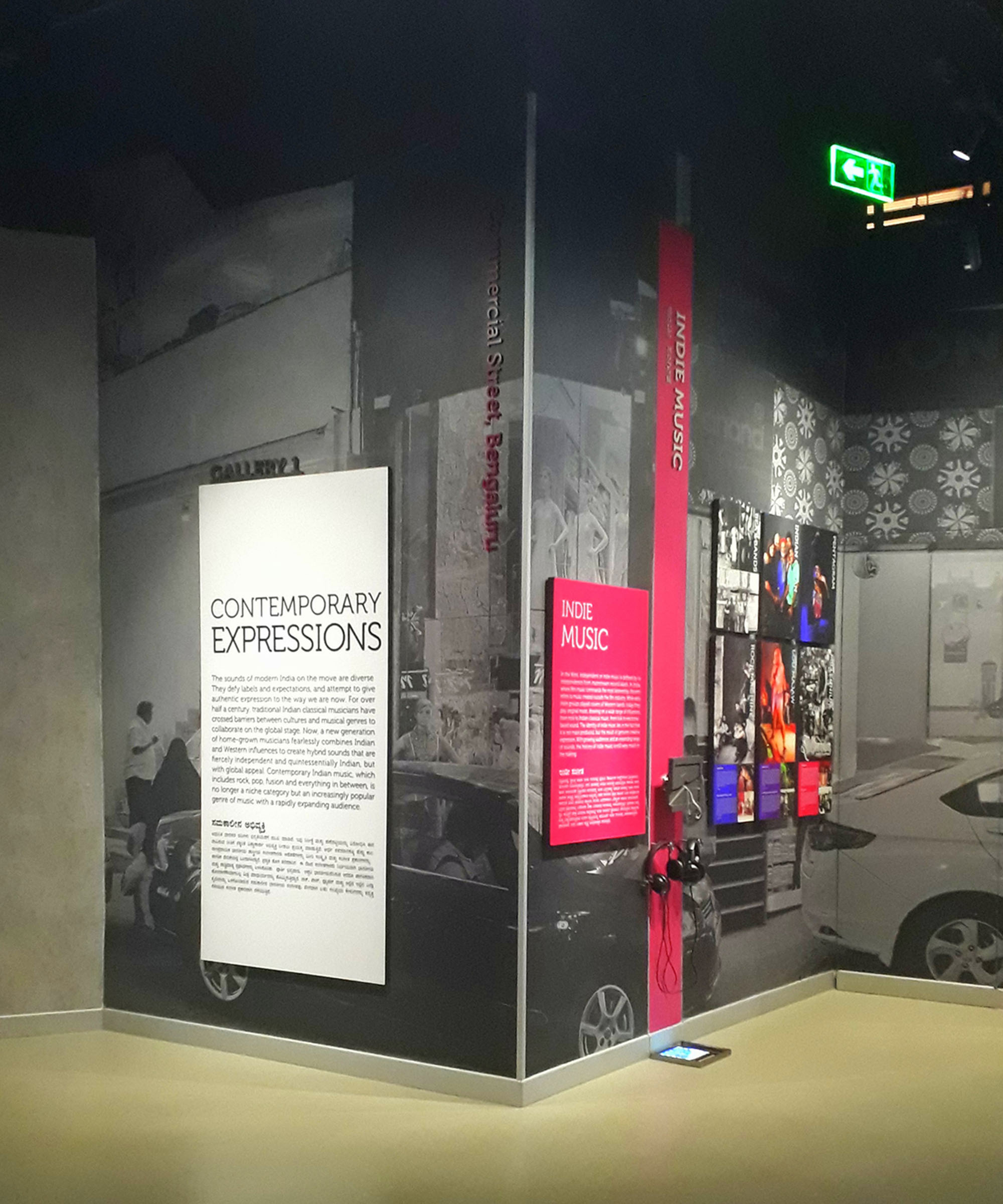
This gallery celebrates the origin of independent ‘indie’ rock music in India and its pioneers as well as the iconic venues for contemporary music in India.
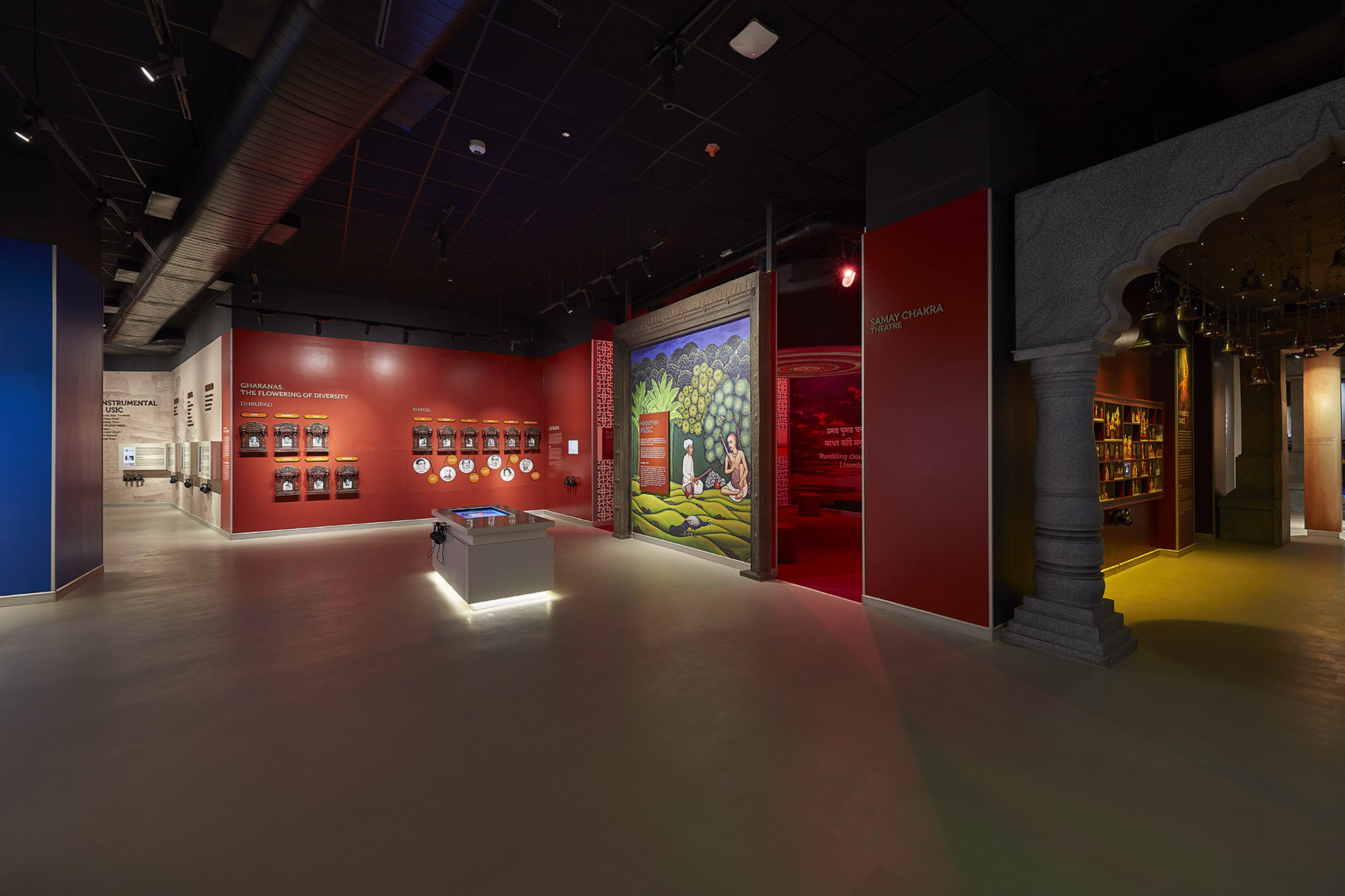
This gallery showcases the origins of Carnatic and Hindustani classical music in India. It also has interactive installations through which visitors can listen to the music of pioneers from the classical field.
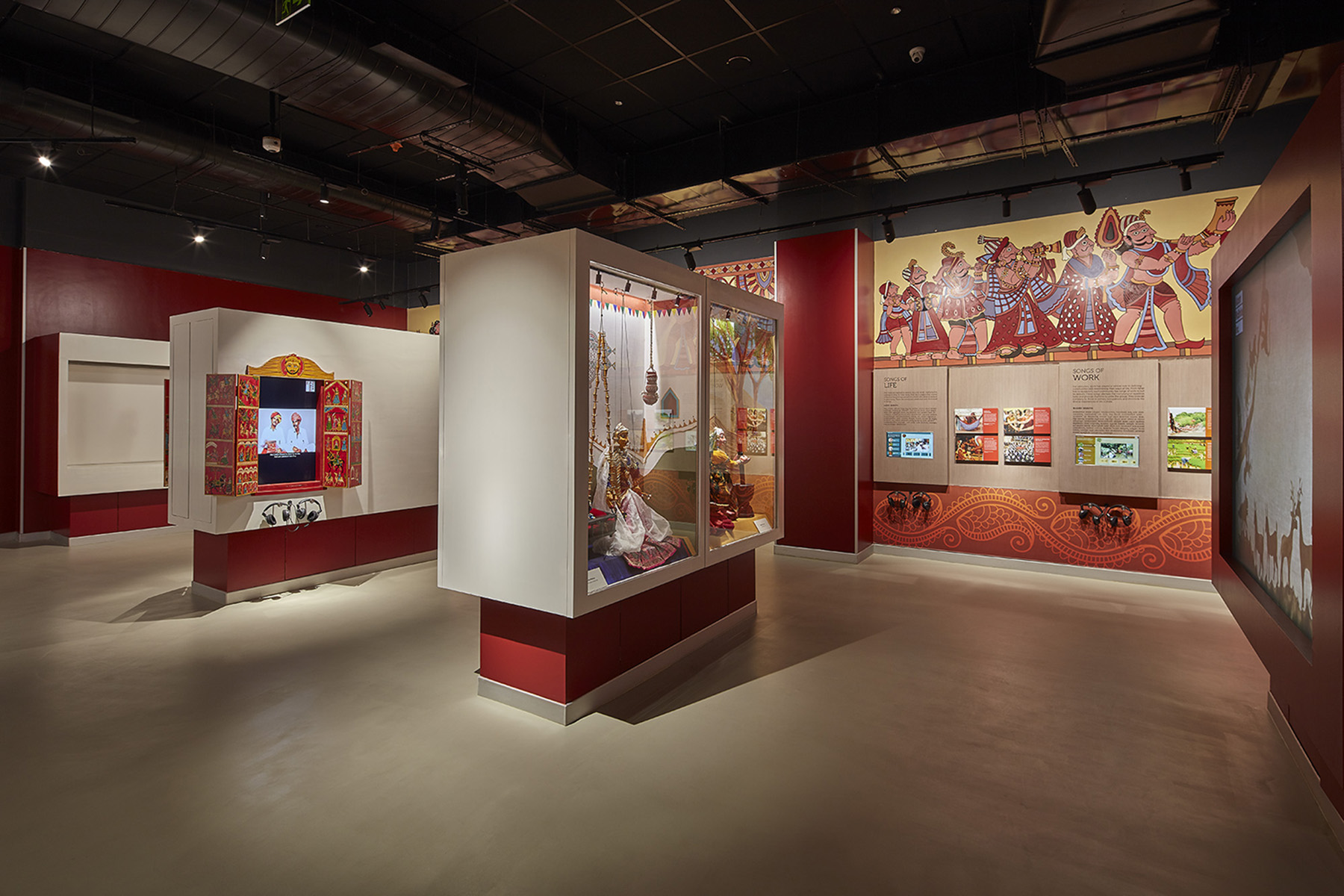
This gallery documents the numerous folk and tribal communities of India, their songs and the context in which they are sung.
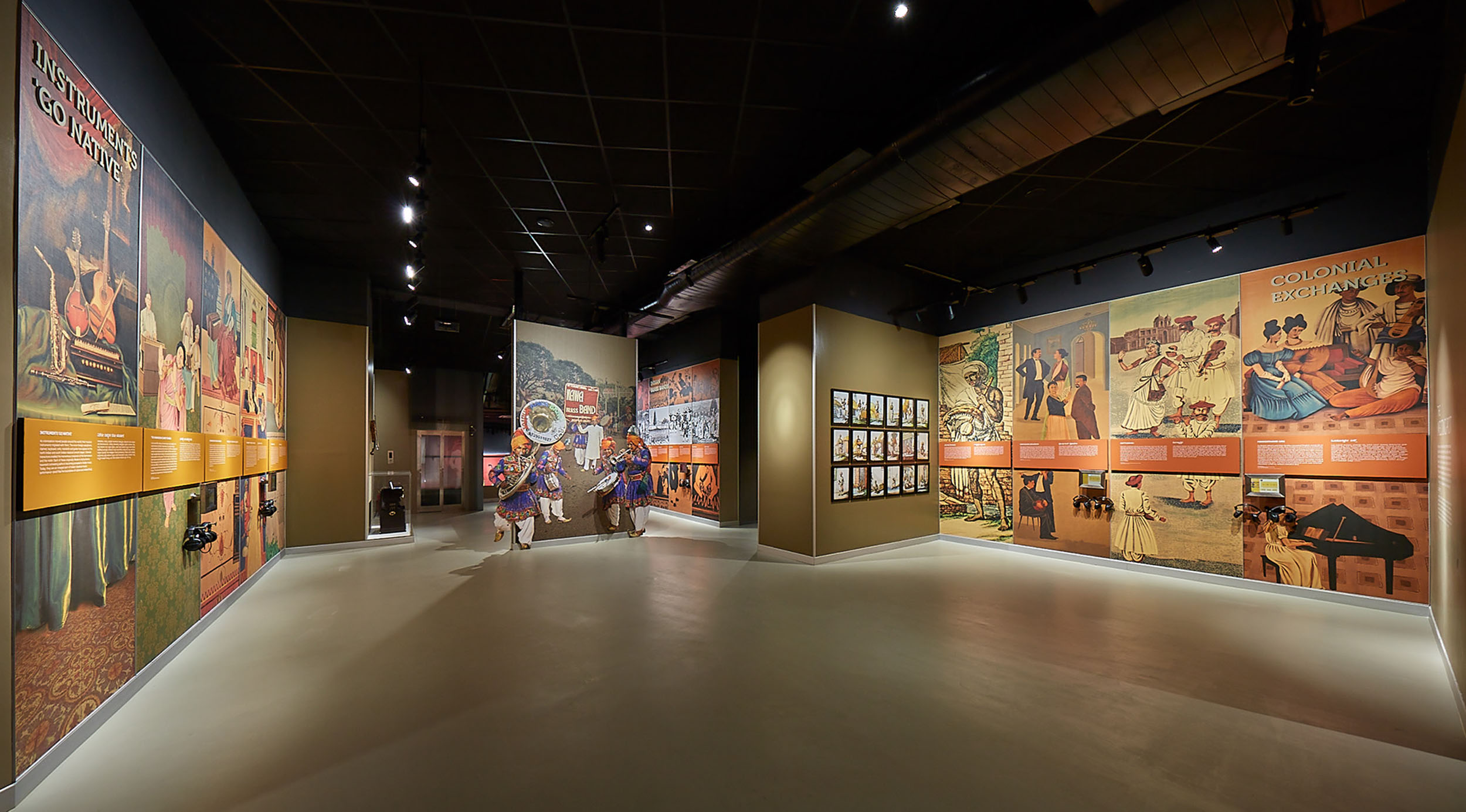
This gallery tells interesting stories of influences on Indian music (colonial influence, jazz, marching bands, etc.).
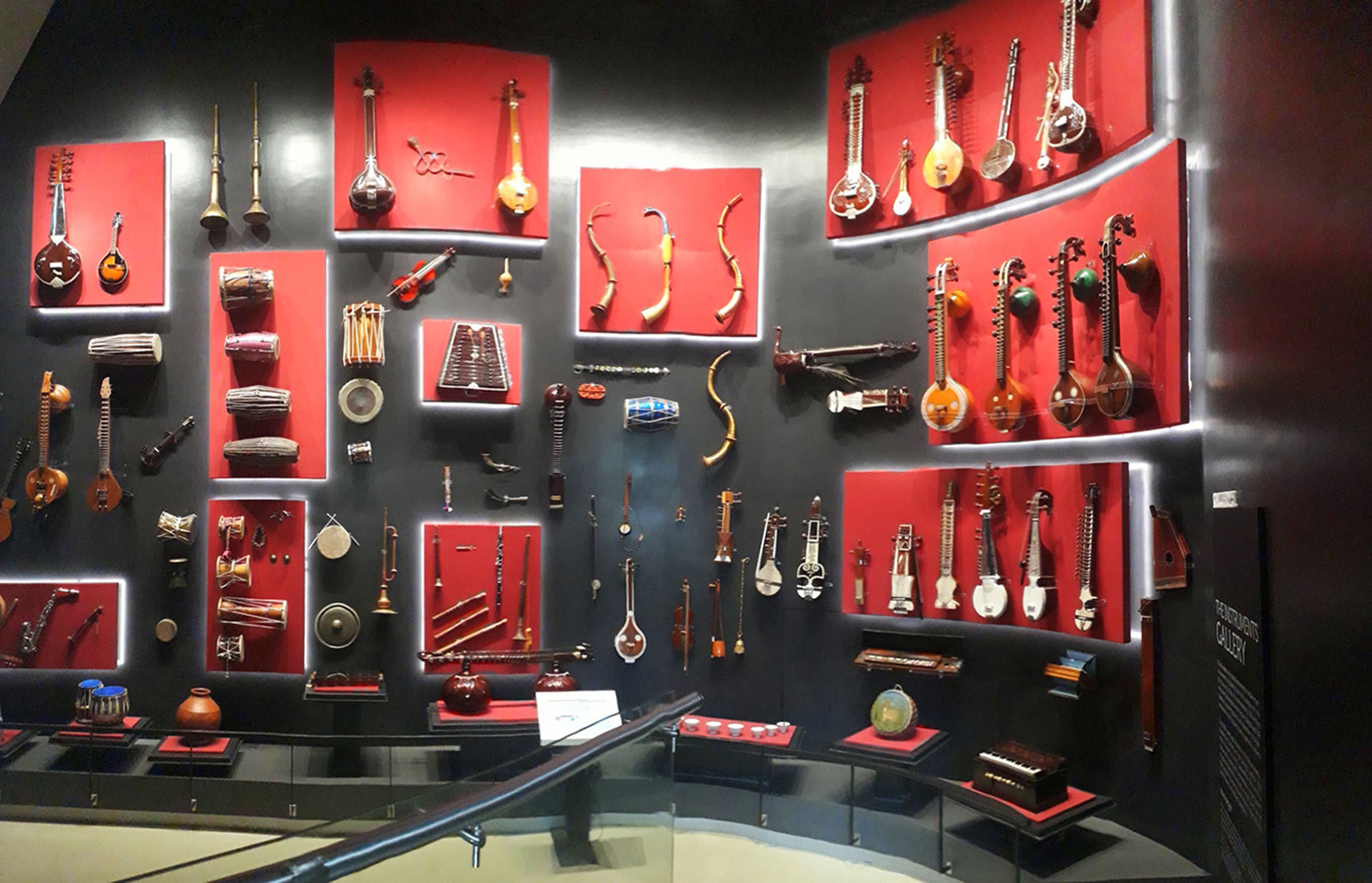
This gallery houses over 100 musical instruments from across the country, along with information on their origins, manufacture and playing methodologies.
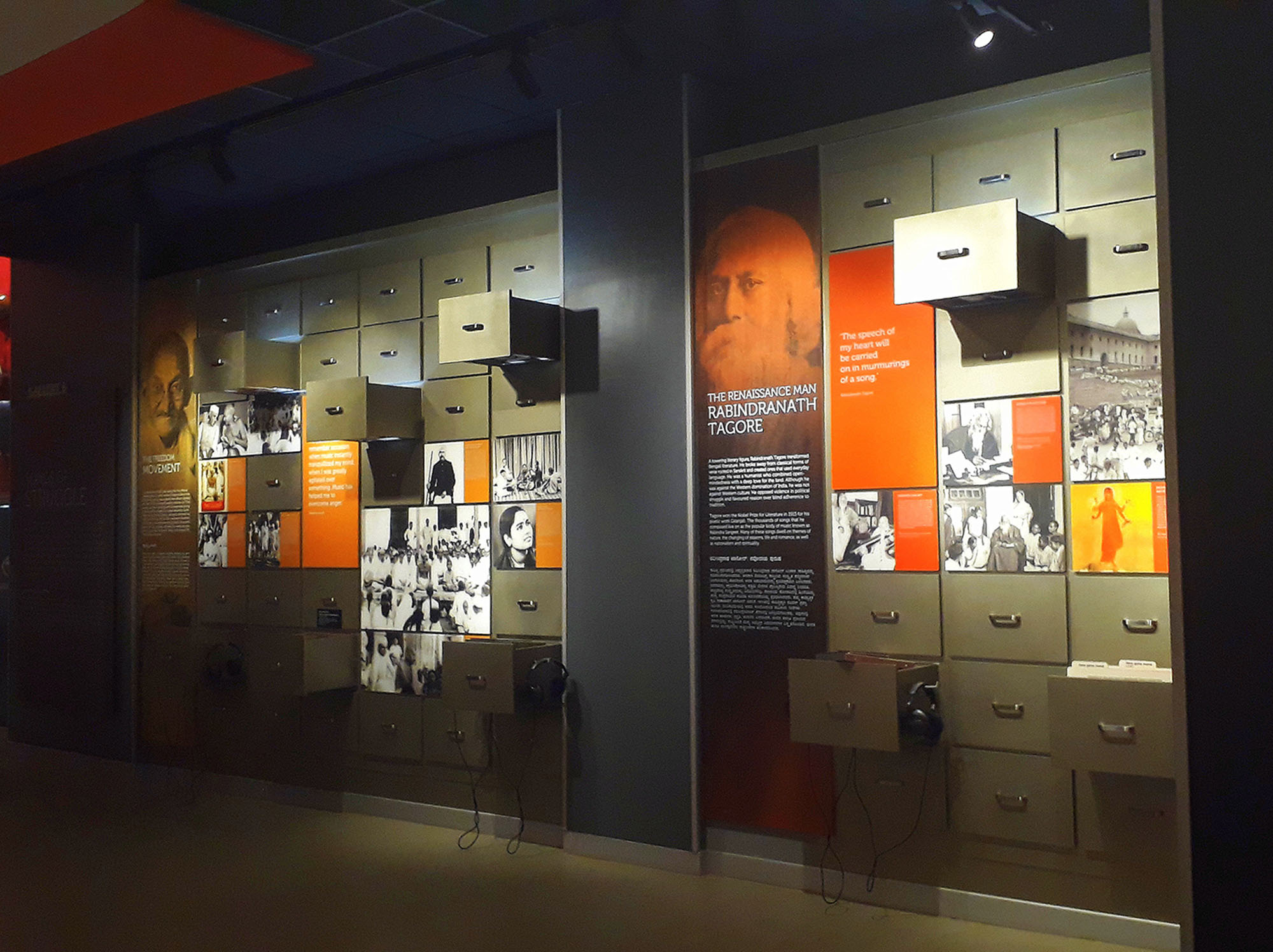
This gallery is a treasure trove of information on how political views and ideologies can be expressed through music. It has over 35 versions of the song ‘Vande Mataram', a replica of Mahatma Gandhi’s letter to M.S. Subbulakshmi and patriotic songs from Hindi films across the ages.
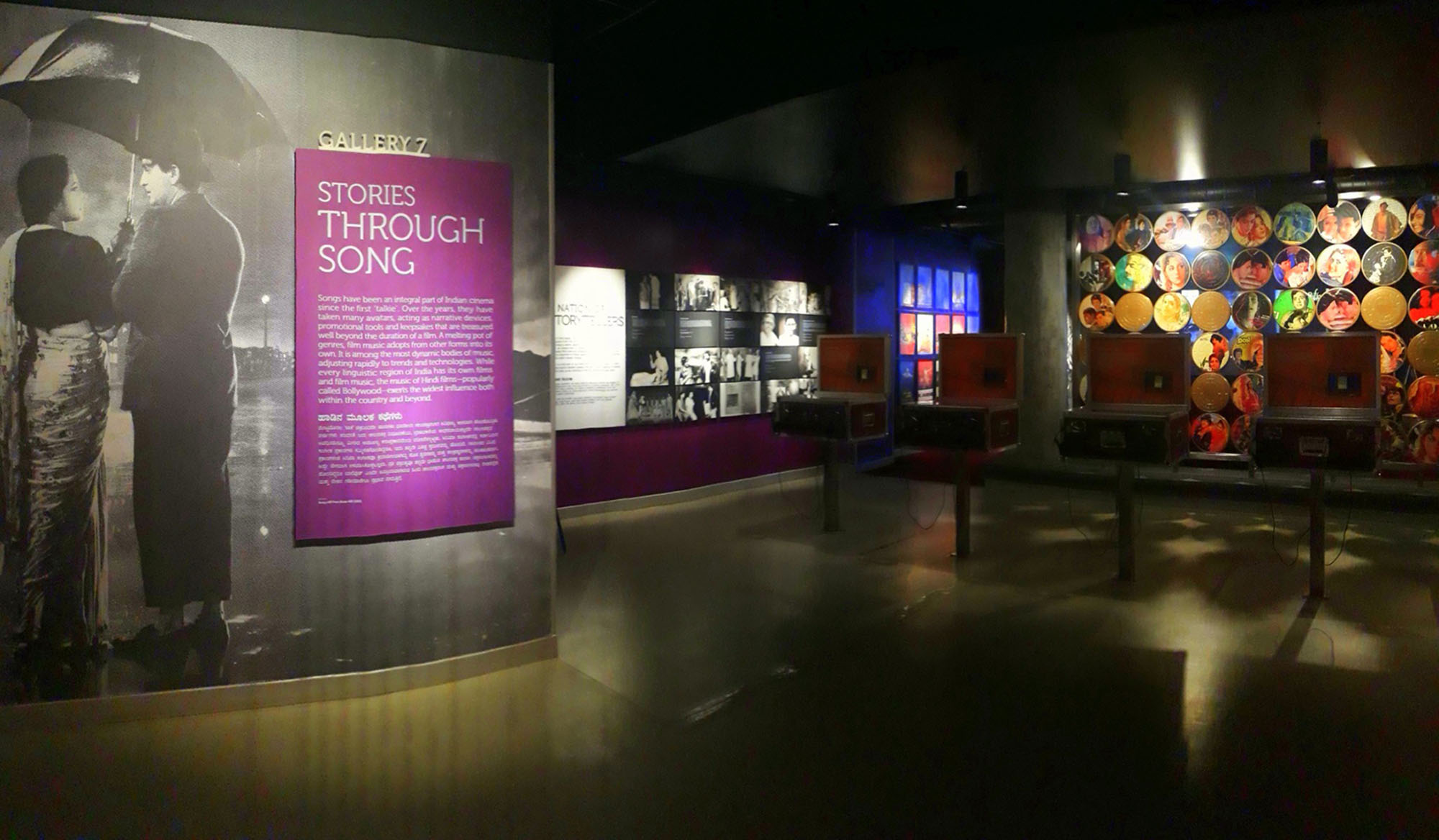
This interactive gallery brings out the significance of music in Indian cinema. Thematic memory boxes, posters of legendary and iconic songs and a continuously running audio-visual presentation are interesting attractions in this gallery.
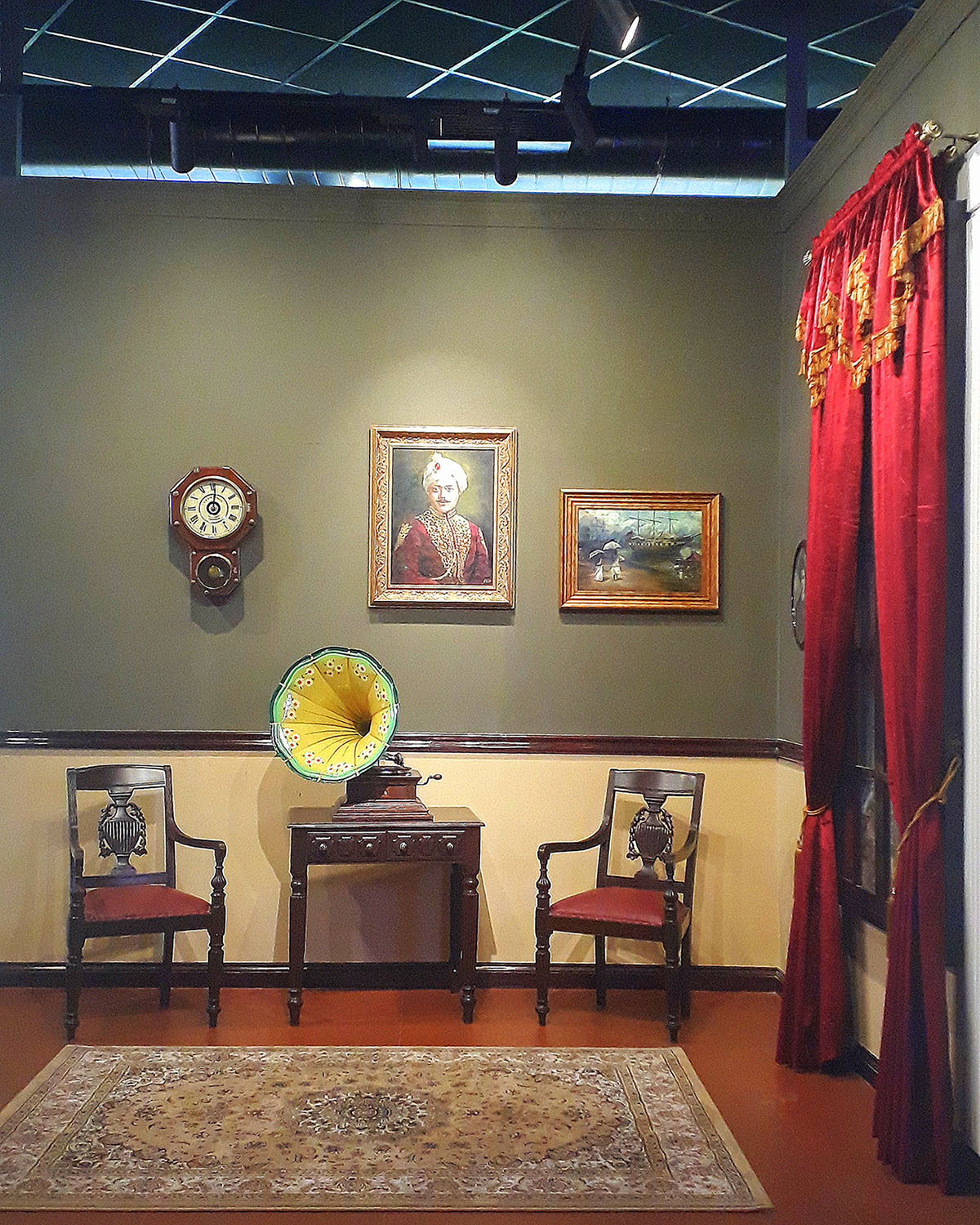
This gallery traces the journey of how sound is recorded in India. A rare phonograph, a wax cylinder, a gramophone set, recording studios, radios and mobile phones are some of the artefacts on display.
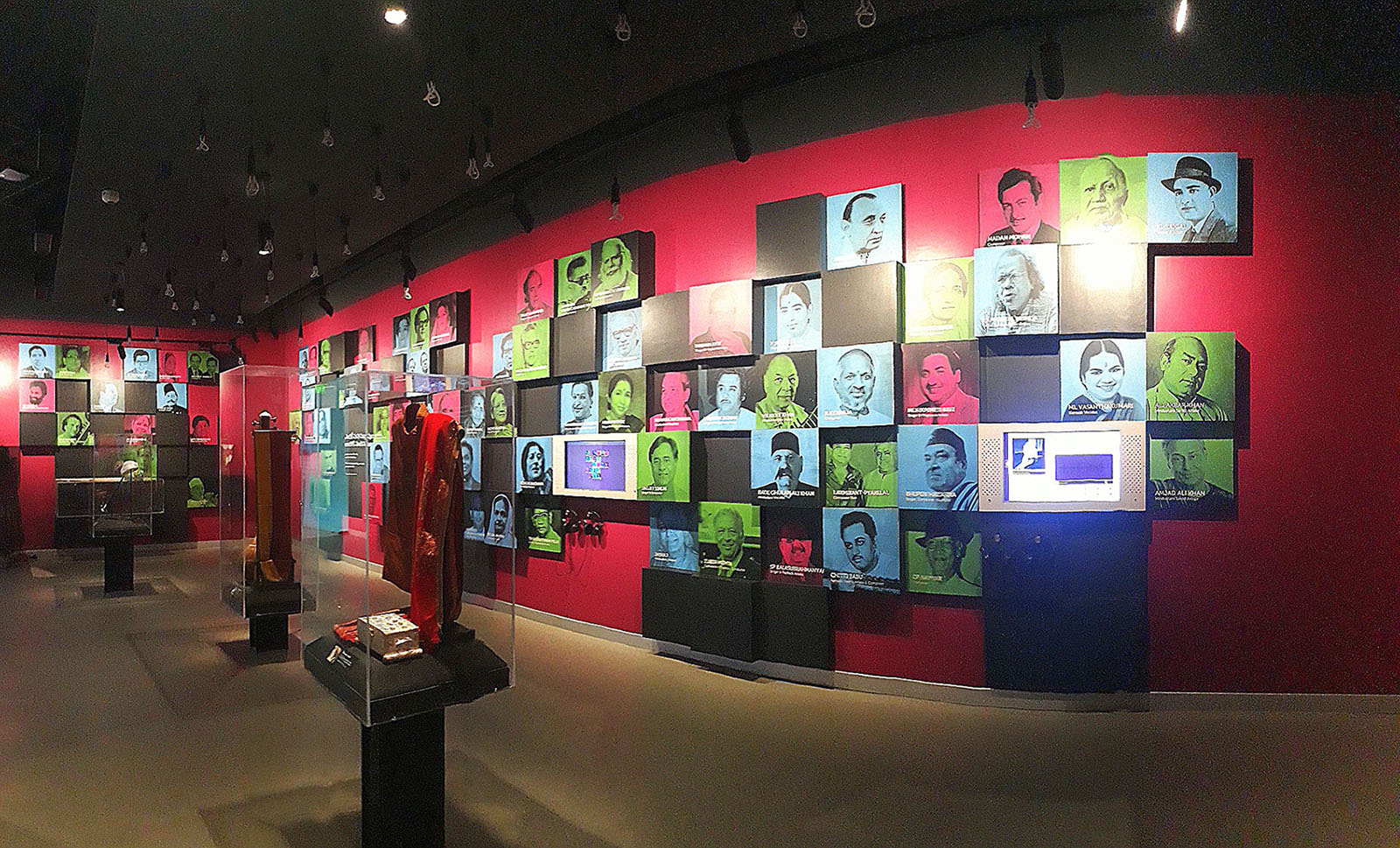
This gallery showcases the stalwarts of the Indian music industry and their contributions to the same. Bismillah Khan's shehnai, M.S. Subbulakshmi's tambura and Bhimsen Joshi's concert attire are exhibited in this space.
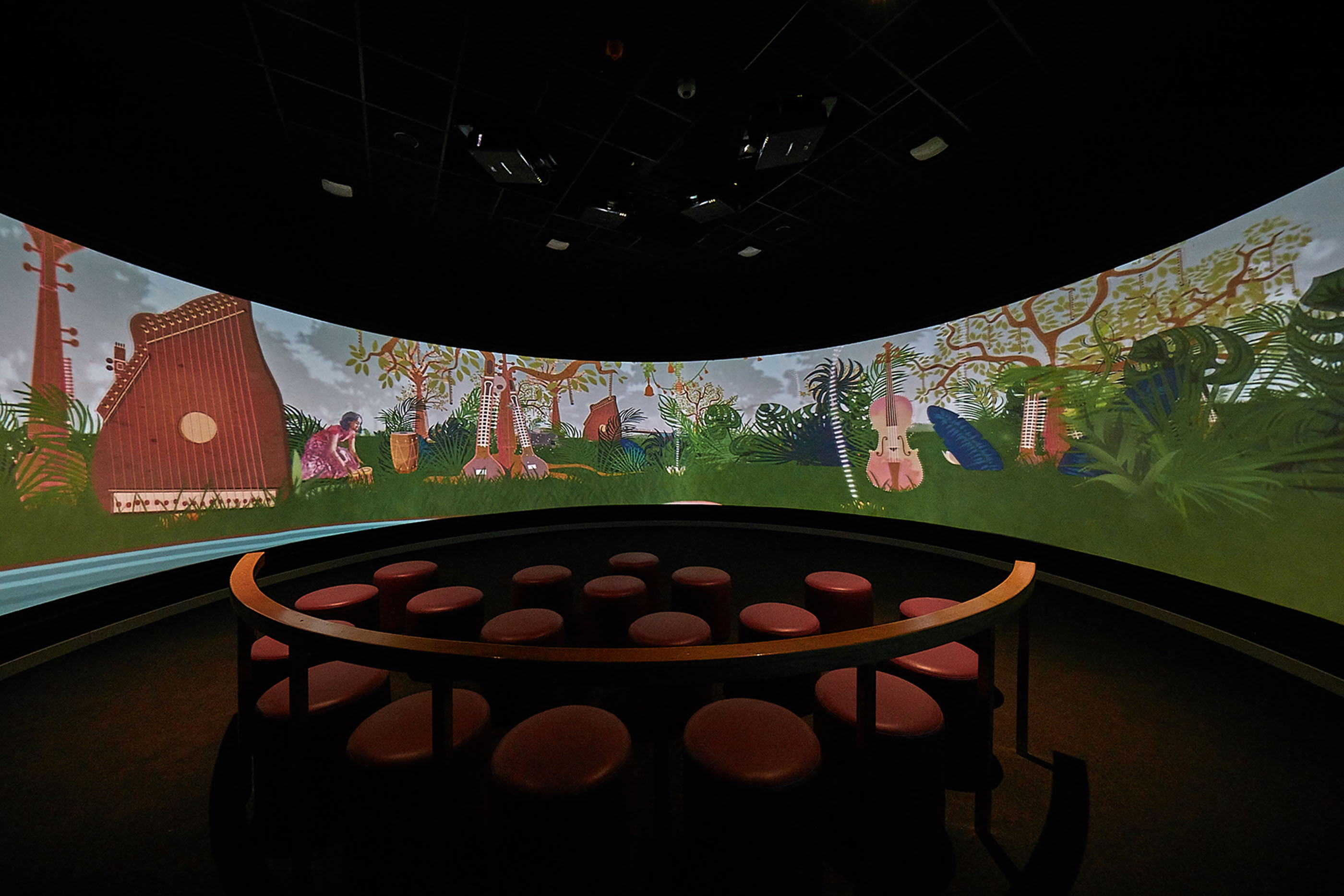
This space acts as a prologue to the museum and provides visitors with a brief introduction on the concepts of sound and music.
Children (5-12 years) – Rs 150.
Children below 5 years – Free.
Senior citizens (60+) – Rs 150.
Group (more than 10) – Rs 200.
School groups – Rs 100.
Foreign nationals – Rs 500.
Bus number from the city central bus station – 215 from Majestic.
The museum is 2.2 km from the Yelachenahalli metro station (green line).
